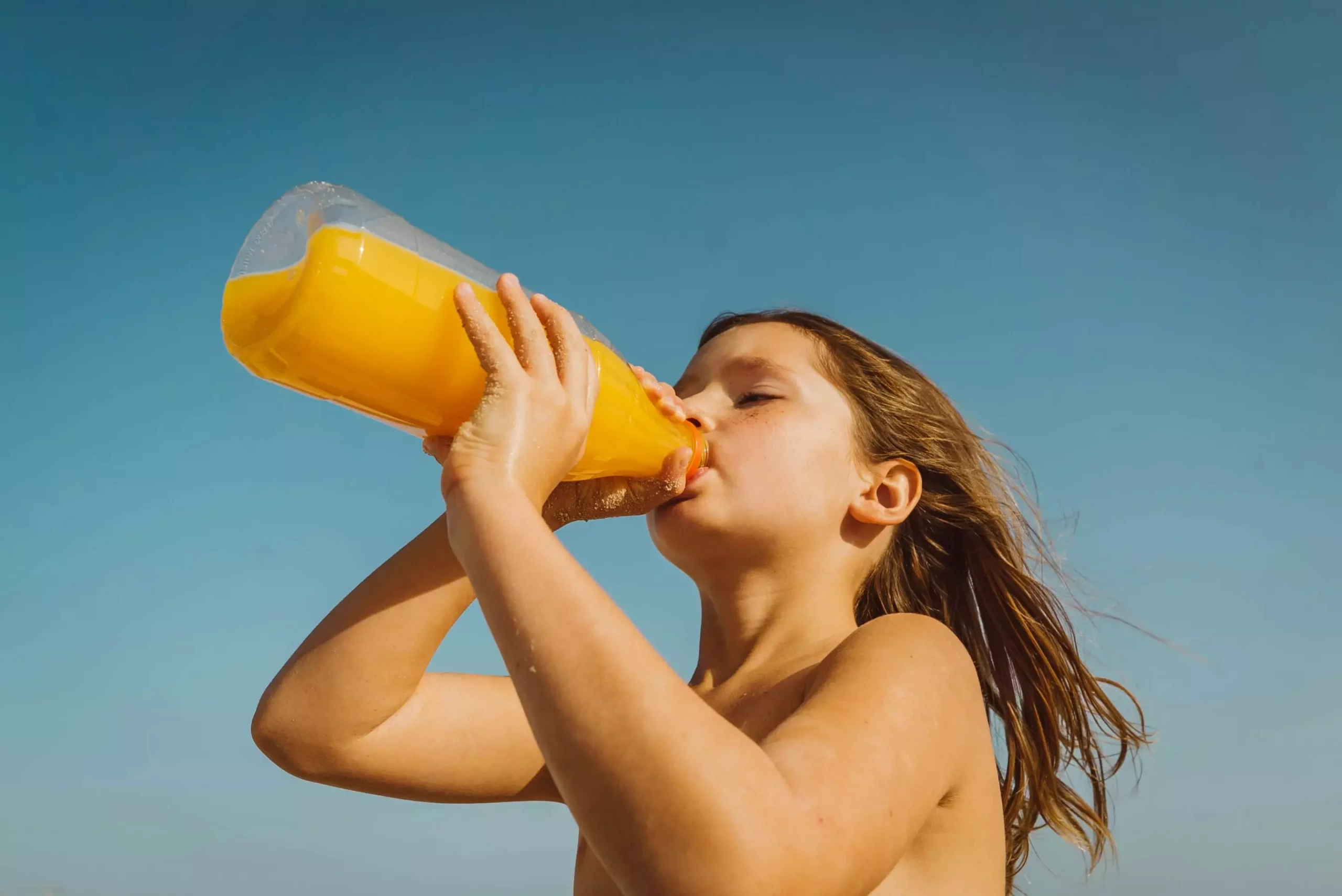When it comes to purchasing daily essentials like orange juice, packaging choice plays an integral role in consumers’ decision-making processes. A recent study led by food scientists at the University of Massachusetts Amherst uncovered a surprising misalignment between consumer perceptions and the realities of sustainability associated with different packaging types. While most consumers—as highlighted in the survey—favor glass due to its perceived sustainability, research indicates that this choice may be misguided. Understanding the nuances behind packaging options is critical as both consumers and the food industry work toward more sustainable practices.
The Glass Myth: A Misleading Preference
Among the four packaging options—glass, aluminum, carton, and plastic—glass emerged as the most favored among study participants. However, this preference starkly contrasts with lifecycle assessments that reveal the hidden environmental costs associated with glass production. Lead author Nomzamo Dlamini succinctly notes, “But it turns out, glass is actually among the least sustainable if you look at the whole packaging lifecycle.” The energy required not only to produce but also to recycle glass is considerably higher than that for other materials, particularly plastic. This misconception is largely driven by marketing and societal values that elevate glass as a premium packaging choice, overshadowing its environmental impact.
Rethinking the Packaging Hierarchy
According to the findings, the environmental sustainability of a package should not solely hinge on consumer perception. The research posits that, in the case of single-serve orange juice, cartons represent the most sustainable option, followed by plastic, aluminum, and finally glass. This ranking challenges the conventional wisdom that prioritizes glass for its recyclability. Dlamini’s reluctant acceptance of this reality signifies a critical pivot in sustainability dialogue: tangible data must inform consumer choice rather than misleading ideals.
The study emphasizes the importance of viewing packaging through the lens of the entire lifecycle—from production through to disposal. The findings indicate that factors such as material weight and energy demands play a pivotal role in understanding the environmental cost of packaging. Lighter materials such as plastic exhibit lower transportation emissions, a factor that is often overlooked in consumer discussions.
Consumer Awareness and Market Dynamics
Understanding consumer behavior is vital for companies aiming to adopt sustainable practices. The study utilized conjoint analysis, simulating real-life scenarios to aggregate consumer preferences on packaging. One striking outcome was the revelation that although participants expressed a strong desire for sustainable options, financial considerations ultimately dictated their choices. As the research affirms, “the top motivating factor was price—particularly the lowest price.”
This finding underlines a broader market challenge: while sustainability is a priority for many consumers, their purchasing behaviors often hinge on affordability. For the food industry, this suggests a need to reconcile sustainable innovations with economic viability, making sustainable packaging not only an ethical choice but also an economically feasible one. Clearly labeling sustainable attributes and ensuring that they do not compromise quality will be essential in winning over hesitant consumers.
More Than Just Packaging
While the focus on sustainable packaging is both timely and necessary, the study’s conclusion provocatively points to an even more substantial factor: food waste. The research asserts that the most practical and impactful way consumers can contribute to sustainability is not merely through packaging choices, but by actively reducing food waste. This perspective aligns with the broader discourse on sustainability, where consumer behavior emerges as a linchpin in addressing environmental challenges.
To cultivate a holistic approach to sustainability, education campaigns are crucial. Consumers must be equipped with information that goes beyond packaging. They should understand the implications of their choices, not just in terms of packaging waste but in the larger context of food systems and waste management. It is about fostering a consumer base that recognizes the interplay between their habits and the environment.
The complexities of sustainable packaging decisions necessitate an informed consumer base. The disconnect between what is believed to be sustainable and what the data suggest opens up opportunities for the food industry to reconsider not only their packaging strategies but also their marketing narratives. By prioritizing transparency, education, and affordability in sustainable practices, we can unify consumer values with environmental realities, ultimately taking meaningful strides toward a more sustainable future in food consumption.

